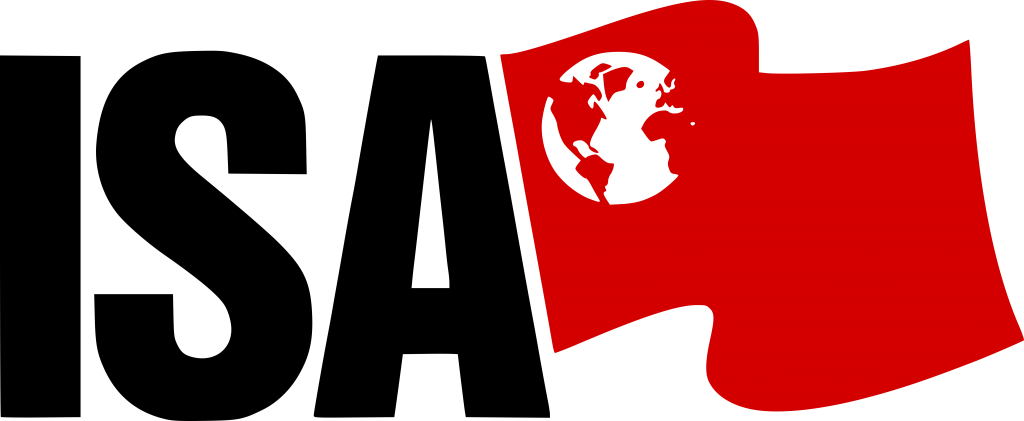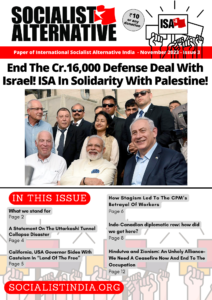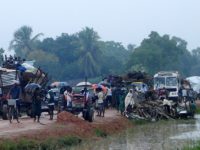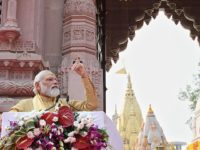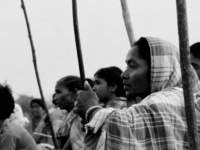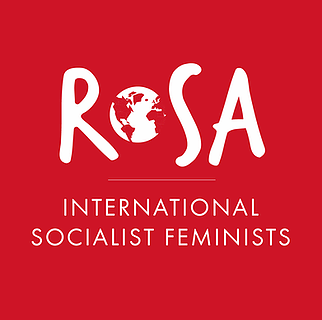15 years ago: Sri Lanka’s civil war ends with massacre of Tamils
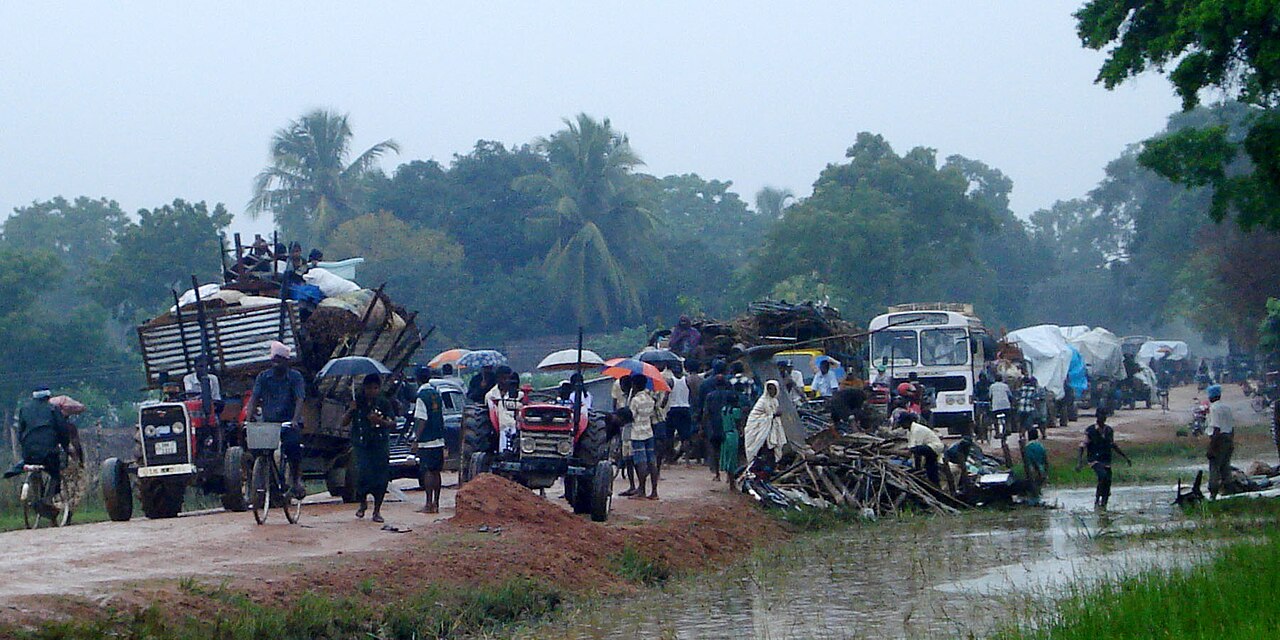
Fifteen years ago in late May 2009, Sri Lanka’s civil war ended in a particularly bloody episode. The Sinhalese army from the south wreaked carnage among the Tamil-speaking minority in northern and eastern Sri Lanka. No war crime more or less was looked upon by the troops of then-President Rajapaksa and army chief Fonseka. Estimates vary, but at least 40,000 are said to have been killed in the closing weeks of the war.
What preceded it
The 2009 massacre ended a civil war that began in the early 1980s. The basis for that civil war was the oppression of the Tamil people and the way the regime used national antagonisms to divert attention from social antagonisms. It was only after a defeat of the labour movement, the bloody crushing of the 1980 general strike, that an escalation of ethnic violence and civil war became possible. This happened during ‘Black July’ in 1983, an organised attack on Tamils in Colombo and elsewhere. An estimated 150,000 Tamils fled the country.
Throughout the civil war, there were periods of relative peace and even peace negotiations and truces. As recently as the beginning of this century, it came to a truce that allowed contact between the people in the south and the Tamils in the north and east of Sri Lanka. This happened after some 65,000 deaths and billions were spent on the war. At the beginning of this century, it was clear that the LTTE (Tamil Tigers) would not succeed in creating their own state, an independent Eelam, purely on a military basis. The LTTE controlled most of the Tamil region and enjoyed widespread support, but militarily, no side managed to achieve fundamental victories. Besides, the LTTE had illusions in capitalist development of the Tamil region on the model of Singapore or Malaysia. However, national rights alone are not enough to end oppression and misery.
Marxists argue that Sri Lanka’s weak capitalist class is incapable of resolving the national question. The capitalists fail even to arrive at a temporary solution. Indeed, the Sinhalese capitalists depend on the Sinhalese voters who were incited with nationalist rhetoric for years. The working class can make a difference on that front if it forms a leftist government that pursues socialist policies. This is different from the cooperation offered to bourgeois governments by left parties in the past. The politics of class collaboration has dealt heavy blows to the traditional left. The traditional left’s support for the India-Sri Lanka accord between 1987 and 1989 ensured that the left was put on a par with the right-wing UNP government. Later, sections of the left gave support to the bloody Rajapaksa government. At the time of the 2009 massacre, the government enjoyed the support of both the CP (Communist Party) and the LSSP (Socialist Party, former semi-Trotskyist party).
The 1994-95 peace negotiations were unsuccessful, but by 2002, things seemed to be working out better. International pressure on the Sri Lankan regime to reach an agreement was intense. Harsh neoliberal policies were being imposed by the World Bank and imperialism simultaneously wanted some form of accord or peace so that the national issue would not be an obstacle to international profit hunger. Without conflict and civil war, there were more opportunities in terms of privatisations and savings for the benefit of big business.
A major turning point came in 2004 with the tsunami that caused death and destruction in Sri Lanka. This was used by the establishment to further weaken the LTTE. The huge resources for relief operations were used by the government and the establishment to enrich themselves and build a larger economic power base. Divisions within the LTTE were also played out. In eastern Sri Lanka, a large part of the LTTE led by Commander Karuna switched to the government forces. Another new feature was the growing role of China, which was beginning to gain a foothold in Sri Lanka and wanted to build a base there too.
Killing fields
It was against this background that a renewed and large-scale offensive was launched against the Tamil population from 2006 onwards. This was done by the supposedly progressive People’s Alliance government (around the SLFP and with what remained of the LSSP and the CP) of first Chandrika and then Mahinda Rajapakse. Rajapaksa tried to strengthen his position by forging an alliance with chauvinist forces like the JVP.
The drumming up of violence was turned a blind eye by the imperialist powers who feared that resisting the violence would strengthen China’s position in Sri Lanka. This was also the reason why the Indian regime, despite stiff opposition by the Tamil population in the south, supported Rajapaksa’s offensive against the Tamil population. This Indian support for anti-Tamil repression immediately confirmed the bankruptcy of those who had illusions in an Indian intervention in the conflict in the late 1980s.
The intensification of the war against the Tamil population was accompanied by growing repression against all those who opposed the war in the south of the country and the development of a police dictatorship under Rajapaksa. The population in the north was starved, fell prey to huge price hikes for food and then bloody violence. Tens of thousands died and hundreds of thousands were rounded up to be detained in camps. The government was determined to end the civil war by massacring the Tamil population. The entire north was recaptured and key LTTE leaders were assassinated.
In early 2009, more than 40,000 people were killed when the Sri Lankan army bombed the self-designated ‘no fire zone’ in Mullivaikkal to pieces. The Sri Lankan army bombed hospitals, schools, shelters and also the ‘no fire zones’ where refugees sought medical help and safety. There were 400,000 refugees who were then placed in ‘detention camps’ without facilities. In 2011, the UN had to acknowledge all this and admit: “During the final phase of the war, the political bodies and agencies of the United Nations did not take actions that could have prevented civilian deaths.” Nothing was done with that observation either.
The Channel 4 documentary ‘Killing Fields’ (2011) rightly caused a stir. It contains terrible images. We would like to explicitly warn those who are aware of them. The full documentary can be viewed online: https://www.youtube.com/watch?v=Rz_eCLcp1Mc&rco=1
The international community remained silent, despite protests from the Tamil diaspora around the world. US imperialism acquiesced because it feared that Chinese influence would otherwise become too great. The Chinese regime took advantage of the situation to make Sri Lanka an important part of its regional policy. In the UN, even supposedly progressive regimes voted against condemning the violence. They mistakenly saw in Rajapaksa a ‘progressive’ element that would provide an answer to US imperialism. To this day, there are voices on the fringes of the Left that remain on this position, dismissing opposition to the Tamil massacre as CIA propaganda and the mass popular uprising of 2022 as a US-orchestrated coup. A correct assessment of the new cold war between US and Chinese imperialism and an orientation towards the working class and the oppressed, is necessary to analyse both the past and the present and come up with handles for socialist society change.
In the protest movement of the Tamil diaspora, we came into contact with Tamil activists in Belgium as well. LSP/PSL has always been internationalist and on the side of oppressed and working people in the struggle against all forms of exploitation and oppression. We supported protest actions, spread the news of this in the labour movement and defended demands such as closing all prison camps, massive investment in housing and public services, reconstruction under democratic control and management of the people, defence of democratic rights, the right to self-determination of the Tamil-speaking people and the need for joint struggle of the entire working class and all oppressed people against capitalism and exploitation.
Fifteen years later
Fifteen years later, Mahinda Rajapaksa is no longer in power, some of his brothers have fled the country, General Fonseka soon turned against his former political allies. All this happened not because of the prosecution of their war crimes, but under pressure from the people of Sri Lanka who were protesting against the social crisis. The promise of stability and prosperity for the Sinhalese people after ‘winning’ the civil war was not fulfilled. On the contrary, more resources still went to the military than to education and healthcare. Today, the budget for the army is above that of 2009, in the midst of war. Economic development was based on debt and greater dependence on China, among others, with which the Rajapaksas maintained good relations. The debts were accompanied by massive corruption. Then there were problems like the Easter 2019 bomb attacks, including on Christian churches, and then the Covid-19 pandemic. These undermined tourism. Global economic problems caused interest rates to rise, making Sri Lanka’s debt burden unsustainable and driving the country into bankruptcy in 2022. It is against this backdrop that a popular uprising developed.
The 2022 uprising confirmed our perspective that to stop the Rajapaksa regime, we had to look to the masses. After the 2009 war crimes, all international agencies remained silent or limited themselves to hollow words of sympathy with the victims. Meanwhile, they allowed the regime to continue doing so, including the policy of settling more Sinhalese residents in the north and east of the country in a policy reminiscent of settlement building in the Palestinian territories. Hardly any information came about the disappeared and missing Tamils, others are still detained as political prisoners. Hundreds of thousands of Tamils have left the country hoping to find a future elsewhere.
The break with the regime responsible for these policies came as a result of a mass uprising by working people and youth in 2022. They took to the streets in anger against the huge social crisis, while the rich establishment indulged in luxury. Images of masses of protesters storming the presidential palace and making their demands clear from the attached presidential pool went viral around the world. This movement showed the potential to force change from below. Unfortunately, the lack of democratic structures to organise the struggle, discuss demands and take next steps towards taking power with the workers and youth weighed heavily. It left room for the political establishment to regroup and maintain the semblance of a democratic system. Yet it should not be forgotten that the 2022 mass movement showed that the unapproachable Rajapaksa family could be taken down. For the first time since 1980, there was a general strike. This provides opportunities to rebuild traditions of self-organisation of the working class and the youth.
The Rajapaksa’s fall was accompanied by a turn on the international stage. The strengthened ties with China were not cut, but the impact of India and US imperialism became a lot bigger. Those hoping that the closer ties between the Sri Lankan and Indian regimes would lead to more rights for the Tamil people were mistaken. Just as the Indian ‘peacekeeping forces’ in the second half of the 1980s were only focused on India’s regional position, Modi today wants above all to limit Chinese influence in the region. Meanwhile, the conditions attached to loans condemn the Sri Lankan masses to decades of misery and dependence. Unsurprisingly, confidence in the traditional parties is at an all-time low as a result. It is possible that Anura Kumara Dissanayake of the Jathika Jana Balawegaya (JJB, National People’s Power) could win the presidential election late this year. The JJB is an alliance set up by the JVP, a left-populist and nationalist movement that is Marxist in words, but did not hesitate to back Mahinda Rajapaksa in the 2005 presidential elections and Fonseka in 2010. Around the debt crisis, the JVP does not get much further than demanding to renegotiate the debt with all international bodies.
A way out will come only on the basis of self-organisation of the working class and youth, across different population groups. Steps towards militant unions and political representation are needed in this regard. The 2022 protest movement showed the potential of the young working class, but also that enthusiasm and struggle alone are not enough to bring about real change. Concretising the change we want through the organisation of struggles in trade unions and political organisations is a necessary next step. International Socialist Alternative wants to contribute to this, both among the Tamil diaspora and in Sri Lanka where we are taking steps to build a new section.
